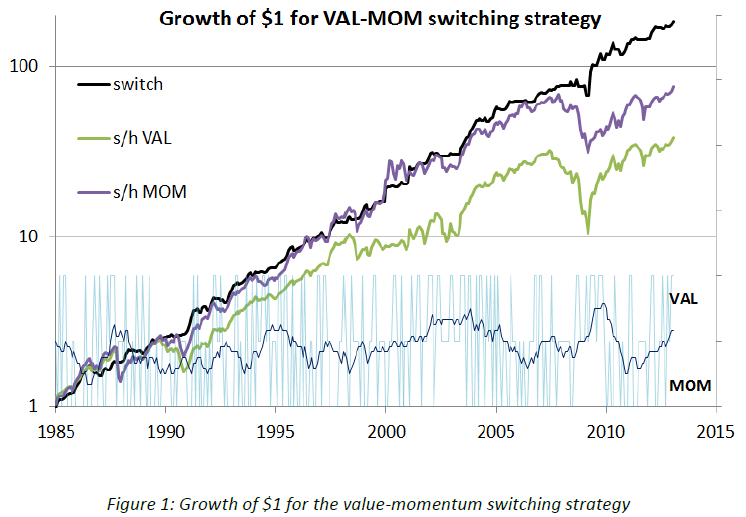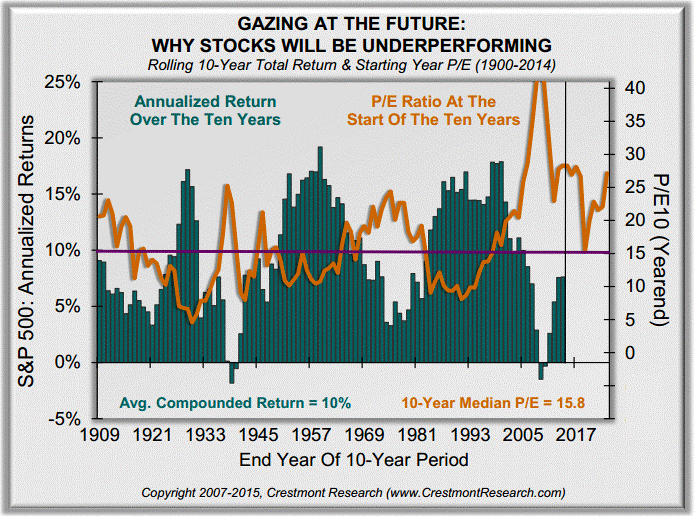Tactical Asset Allocation Can Improve RiskAdjusted Returns
Post on: 16 Март, 2015 No Comment

Follow Comments Following Comments Unfollow Comments
Investors and their advisors have one ultimate goal–to achieve acceptable risk-adjusted returns. The term risk-adjusted consists of two components. One is the total return and the other is the risk that you have to assume to achieve that total return.
Total return is the net of gains, losses, income and expenses. The risk that the investor has to assume is typically measured as the volatility of the portfolio. The volatility is calculated and reported by various methods.
Two of the most common investment industry measures are standard deviation and beta. Standard deviation defines a “standard” or “normal” movement around the average. The larger the standard deviation, the more volatile a portfolio. Beta measures the movement of a portfolio and describes how it relates to the movement of another portfolio, security, or index. Beta is very often used to discuss a portfolio’s movement as to how it relates to the S&P 500 Index.
At Hanlon, we find standard deviation and beta to be of merit but we also believe the typical investor measures risk by maximum drawdown, which is the measure of the maximum drop in account value from the highest peak to the lowest bottom, before reversing course again, over the entire account history. We believe that the most important element to achieving solid risk-adjusted returns is avoiding large maximum drawdowns.
Not only does the math work in the investor’s favor, but providing some counter-measures to large drawdowns, and avoiding the resultant negative psychological impact on the investor, is equally as important.
Because maximum drawdown is not widely used as a risk measure by many in the financial industry, the strategy of moving portfolios to 100% money market funds occasionally is not widely accepted. However, tactical asset allocation strategies applied to portfolios can be an incredibly valuable method of achieving improved long-term, risk-adjusted returns.
Below in table 1 is an illustration showing the benefits of tactical asset allocation. In this illustration we compare the hypothetical return and risk (measured as maximum drawdown) investors would have achieved if they had invested in a buy and hold strategy in the S&P 500 Index versus investing in a tactical asset allocation strategy in the S&P 500 Index.
The buy and hold strategy stays invested in the S&P 500 Index for the entire time period. The tactical asset allocation strategy moves between the S&P 500 Index and a money market fund, triggered by a moving average crossover on the S&P 500 Index.
Special Offer: Investing can be challenging at times even for the pros. Click here for a new free special report: 10 Rules To Safer, More Consistent Profits.
A moving average takes the prices for a certain number of look-back days, averages them and makes today’s price equal to that average. It “makes smooth” the volatile market price action to give better insight into the trend.
The shorter the moving average, the more reactive it is to recent changes in the price of the S&P 500 Index. Table 1 displays the results of a specific strategy using a 50-day moving average and a 200-day moving average against the S&P 500 Index for the twenty three year period beginning 9/1/1988 and ending 12/31/2011.

Each time the 50-day moves above the 200-day–indicative of an appreciating market–we buy the S&P 500 Index. Each time the 50-day moves below the 200-day–indicative of a depreciating market–we sell the S&P 500 Index, and invest in a money market fund.
This is not the precise method we use to manage client accounts; our methods are more sophisticated. This method is shown to illustrate an example of the merits of tactical asset allocation. Please know these results are not intended to imply any past or future returns. Instead, they simply show that there is merit to tactical asset allocation strategies versus buy and hold.
Table 1 – S&P 500 Index including Dividends – Tactical Asset Allocation using a 50 day/200 day Moving Average Crossover versus Buy and Hold – Sept. 1, 1988 to Dec. 31, 2011
Many investors rely on their portfolios for income. Some even make their portfolios their primary income source. Including an annual distribution rate of 4% in the above comparison would show the benefits of tactical asset allocation as even more attractive compared to buy and hold because when the portfolio drops considerably the buy and hold strategy must sell at considerably lower prices to meet the 4% annual distribution needs.
Equities are not the only asset class that can enjoy the benefits of tactical asset allocation, as other asset classes also can deliver improved risk-adjusted returns by applying a tactical asset allocation approach. In the next part of this series I will show how improvement on the industry norm of the 50 day/200 day moving average crossover–commonly referred to as the ‘golden cross’–can yield even better results. I will also look back further and examine more than 80 years of market data.














